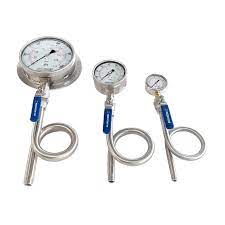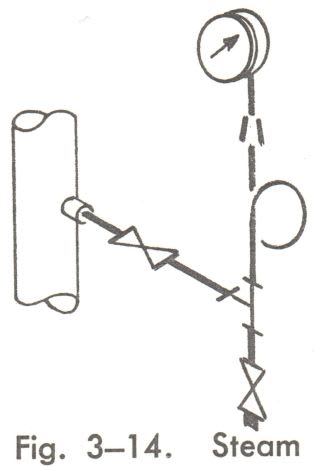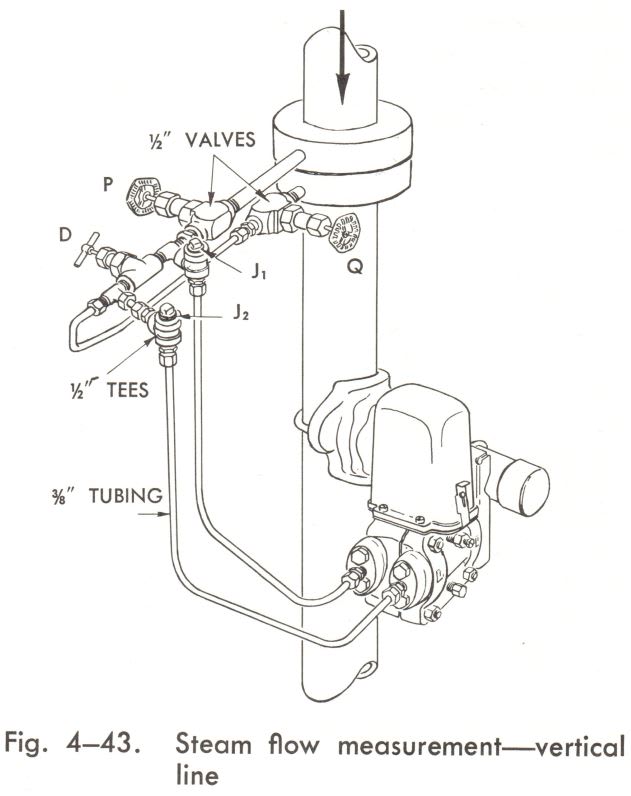A steam manifold needs a PT. Saturated steam 10 barg 185ºC.
Vendor suggests a PT which has to be installed 1.5m away from the steam manifold.
A 1.5m tubing will cool the steam to fit the PT.
I see the siphon tube on PT very often.
My question is will the 1.5m tubing also reduce pressure? IS the measured pressure steam pressure.
Thanks
Vendor suggests a PT which has to be installed 1.5m away from the steam manifold.
A 1.5m tubing will cool the steam to fit the PT.
I see the siphon tube on PT very often.
My question is will the 1.5m tubing also reduce pressure? IS the measured pressure steam pressure.
Thanks



